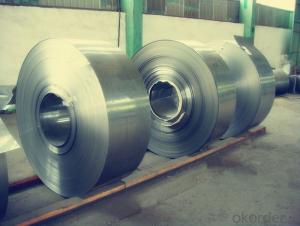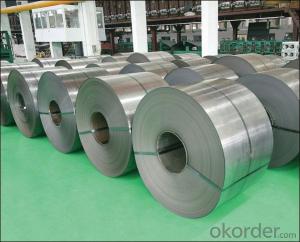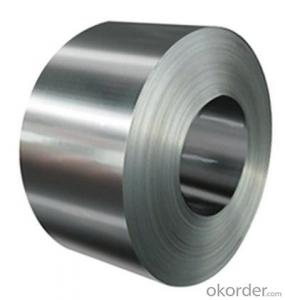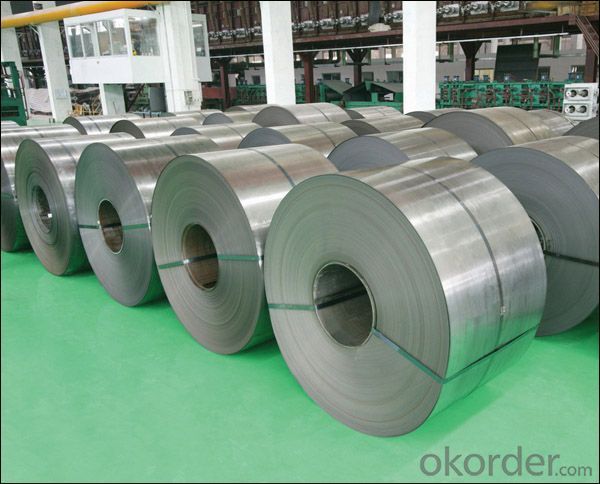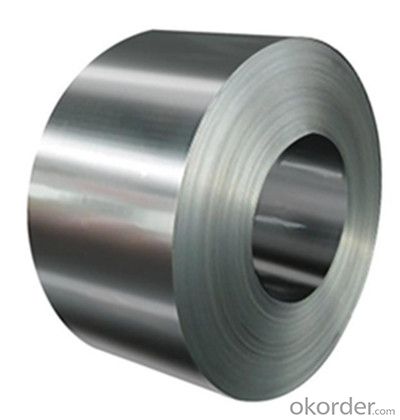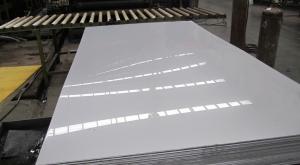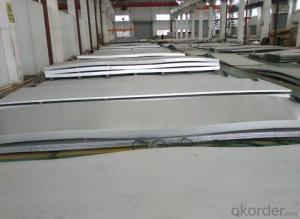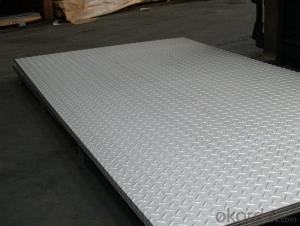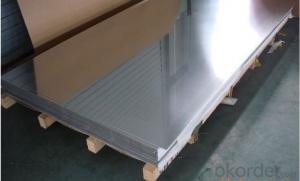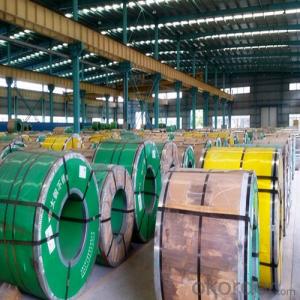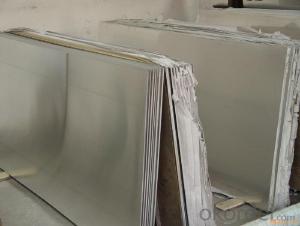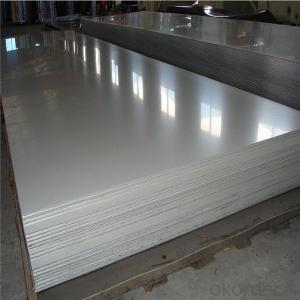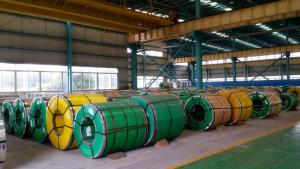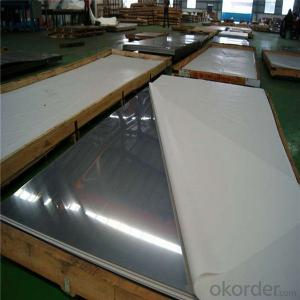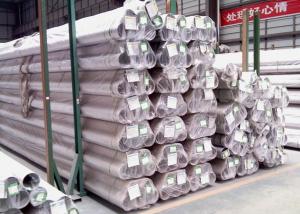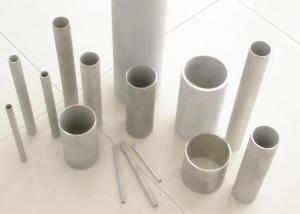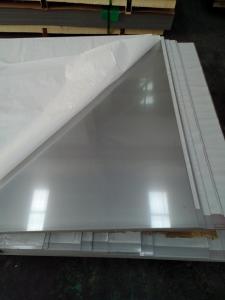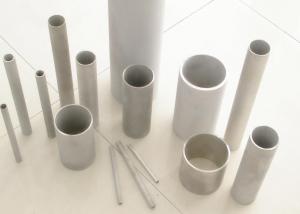2B BA 304 304L stainless steel sheet plate coil
- Loading Port:
- China main port
- Payment Terms:
- TT OR LC
- Min Order Qty:
- 100 m.t
- Supply Capability:
- 10000 m.t/month
OKorder Service Pledge
OKorder Financial Service
You Might Also Like
Stainless Steel Coils and Sheets
Features of Stainless Steel Coils and Sheets:
· Accurate dimension
· Suitable for heavy duty operation
· Minimum maintenance
Specifications of Stainless Steel Coils:
1. Standard: ASTM A240, JIS G4304, G4305, GB/T 4237, GB/T 8165, BS 1449, DIN17460, DIN 17441
2. Grade: 200series&300series&400series
3. Thickness: 0.4mm-50mm
4. Width: 1000/1219/1500/1800mm
5. Length: min 1m
6. Surface finish: 2B, BA, 8K, 6K, Mirror Finished, No1, No2, No4, Hair Line with PVC
7. Manufacture technology: cold drawn/cold rolled/hot rolled
Specifications of Stainless Steel Sheets:
1. Material: 200series&300series&400series
2. Standard: JIS, AISI, ASTM, GB, DIN, EN
3. Thickness: 0.3-100mm or as customer’s requirement
4. Width: 1500-2200mm or as customer’s requirement
5. Length: 1000-6000mm or as customer’s requirement
6. Surface: 2B, BA, No.1, etc
7. Technical processing: Hot Rolled/Cold Rolled
8. Decorative:
Mirror, No.4, HL NSP, Bead Blast, Vibration,
HL Gold, Mirror Gold, Vibration Gold NSP,
No4 Copper NSP, Mirror Copper, Bead Copper,
HL Brass, Mirror Brass, Bead Brass,
HL Black, Mirror Black, Bead Black NSP,
HL Bronz, Mirror Bronze, Vibration Bronze,
Mirror Etched, HL Etched Copper, Mirror Black Etched, Mirror Etched Gold.
Packing Information of Stainless Steel Coils and Sheets:
Please don’t worry that our products are packed, stored, transported according to the international regulation. We do care about the quality of our products; even some little details are paid attention to.
We wrap the stainless steel products with anti-rust paper and steel rings to prevent damage. Identification labels are tagged according to standard specification or customer's instructions. Special packing is available as per customer's requirement.
Plus, our storage racks are made of wood. Other kinds of metals are settled in other places, far from the stainless steel. Any unwanted chemical reaction can be prevented.
Applications of Stainless Steel Coils and Sheets:
1.Automotive:Automotive trim and molding/Difficult-to-form exhaust-system components, tubular manifolds, mufflers/Exhaust manifold and other exhaust-system components, catalytic converter shells, clamps
2. Construction: Gutters and downspouts, roofing, siding
3. Kitchenware: Cooking utensils, dishwashers, ovens, range hoods, refrigerators, skewers
4. Chemical processing: Oil refinery equipment, oil burner and heater parts
5. Appliances: Hot water tanks, residential furnaces
6. Power generation: Heat Exchanger tubing
7. Farming: Dry fertilizer spreaders/Farm animal pens
Technical notes:
Surface Finish | Definition | Application |
2B | Those finished, after cold rolling, by heat treatment, pickling or other equivalent treatment and lastly by cold rolling to given appropriate luster. | Medical equipment, Food industry, Construction material, Kitchen utensils. |
BA | Those processed with bright heat treatment after cold rolling. | Kitchen utensils, Electric equipment, Building construction. |
NO.3 | Those finished by polishing with No.100 to No.120 abrasives specified in JIS R6001. | Kitchen utensils, Building construction. |
NO.4 | Those finished by polishing with No.150 to No.180 abrasives specified in JIS R6001. | Kitchen utensils, Building construction, Medical equipment. |
HL | Those finished polishing so as to give continuous polishing streaks by using abrasive of suitable grain size. | Building Construction. |
NO.1 | The surface finished by heat treatment and pickling or processes corresponding there to after hot rolling. | Chemical tank, pipe. |
- Q: How do you prevent crevice corrosion in stainless steel sheets?
- To prevent crevice corrosion in stainless steel sheets, there are a few key measures that can be taken: 1. Proper design and fabrication: Ensure that the stainless steel sheets are designed and fabricated with smooth surfaces and minimal crevices. This will reduce the potential for stagnant solution entrapment and minimize the risk of crevice corrosion. 2. Regular cleaning and maintenance: Regularly clean the stainless steel sheets to remove any debris or contaminants that can promote crevice corrosion. This can be done using mild detergents or specialized stainless steel cleaners. 3. Avoid exposure to corrosive environments: Limit the exposure of stainless steel sheets to corrosive environments, such as those containing chloride ions (e.g., saltwater). If exposure is unavoidable, consider applying protective coatings or using higher-grade stainless steel alloys that are more resistant to crevice corrosion. 4. Control the environment: Maintain proper environmental conditions, such as controlling temperature, humidity, and pH levels, to minimize the risk of crevice corrosion. Monitoring and controlling these factors can help create a less conducive environment for corrosion to occur. 5. Regular inspections and maintenance: Conduct regular inspections to identify any signs of crevice corrosion, such as discoloration, pitting, or rough surfaces. If any corrosion is detected, take immediate action to remove it and repair the affected area. By implementing these preventive measures, you can significantly reduce the risk of crevice corrosion in stainless steel sheets, ensuring their longevity and performance.
- Q: What are the common uses of stainless steel sheets in the food industry?
- Stainless steel sheets are widely used in the food industry due to their numerous beneficial properties. One common use of stainless steel sheets in the food industry is for food processing equipment. These sheets are used to fabricate machines such as mixing tanks, conveyors, and food processing tables. Stainless steel sheets are preferred for this purpose because they are resistant to corrosion, easy to clean, and do not react with food substances, ensuring the food's safety and hygiene. Another common use of stainless steel sheets in the food industry is for food storage and transportation. Stainless steel sheets are often used to manufacture containers, tanks, and barrels that are used to store and transport food products. The corrosion resistance of stainless steel ensures that the food is protected from contamination and spoilage during storage and transportation. Stainless steel sheets are also used for kitchen equipment in the food industry. Countertops, sinks, and cabinets are frequently made from stainless steel sheets due to their durability, heat resistance, and ease of cleaning. These qualities make stainless steel sheets ideal for use in food preparation areas where hygiene is of utmost importance. Furthermore, stainless steel sheets are utilized in the construction of food service equipment such as ovens, grills, and refrigerators. These sheets are crucial in maintaining the desired temperature and preventing the growth of bacteria, ensuring that the food served is safe and of high quality. In summary, stainless steel sheets are commonly used in the food industry for food processing equipment, food storage and transportation, kitchen equipment, and food service equipment. Their corrosion resistance, easy maintenance, and ability to uphold hygiene standards make them an ideal choice for various applications in the food industry.
- Q: Are stainless steel sheets resistant to chemicals and acids?
- Yes, stainless steel sheets are resistant to chemicals and acids. Stainless steel contains a high percentage of chromium, which forms a protective layer on the surface of the metal, making it highly resistant to corrosion and damage from chemicals and acids. This corrosion-resistant property is further enhanced by the addition of other elements such as nickel and molybdenum. Stainless steel sheets are widely used in various industries, including chemical processing, pharmaceuticals, food and beverage, and automotive, where they are exposed to aggressive chemicals and acids. The resistance of stainless steel to chemicals and acids makes it a reliable and durable material for applications that require resistance to corrosion and chemical attack.
- Q: Can stainless steel sheets be used for furniture or fixtures?
- Yes, stainless steel sheets can be used for furniture or fixtures. Stainless steel is a durable and versatile material that is resistant to corrosion, making it an excellent choice for furniture and fixtures that are exposed to moisture or high humidity. It can be used for a variety of applications such as tabletops, countertops, shelves, cabinets, and even decorative accents. Stainless steel sheets can be easily fabricated into different shapes and sizes, allowing for customization to suit specific design requirements. Additionally, stainless steel has a modern and sleek appearance, making it a popular choice for contemporary and industrial-style furniture and fixtures.
- Q: 430 stainless steel plate maximum temperature tolerance is how many degrees?
- 430 stainless steel plate, maximum heat resistance is 900 degrees celsius.
- Q: Are stainless steel sheets suitable for water treatment plants?
- Yes, stainless steel sheets are highly suitable for water treatment plants. Stainless steel is corrosion-resistant, durable, and hygienic, making it an ideal material for water treatment applications. It can withstand harsh chemicals, high temperatures, and various water conditions, ensuring long-term performance and minimal maintenance. Additionally, stainless steel's inert nature prevents contamination of the treated water, meeting the stringent requirements for water quality and safety in treatment plants.
- Q: Lead and stainless steel plate welding together? How do you solder it?
- In addition, ultrasonic welding and ultrasonic welding are also a solid phase welding method with mechanical energy as energy source. Ultrasonic welding, welding workpiece in lower static pressure, issued by the sound of very high frequency vibration can make joint surface crack friction and heating to produce strong welding temperature and the formation of the combination. Ultrasonic welding can be used for welding between most metal materials, can realize metal, dissimilar metal and metal and nonmetal welding can be applied to the repetitive production of metal wire, foil or 2~3mm plate metal joint.
- Q: How do you prevent discoloration or staining on stainless steel sheets?
- To prevent discoloration or staining on stainless steel sheets, it is important to clean them regularly using mild soap or detergent and water. Avoid using abrasive cleaners or scrub brushes that can scratch the surface. Additionally, wipe down the sheets with a soft cloth to remove any fingerprints or smudges. Applying a thin layer of stainless steel cleaner or polish can help maintain the shine and protect against stains. It is also recommended to avoid exposure to harsh chemicals or acidic substances, as they can cause discoloration.
- Q: Do stainless steel sheets require any special handling during installation?
- Yes, stainless steel sheets do require special handling during installation. Here are a few important considerations: 1. Avoid Contamination: Stainless steel is prone to contamination from various sources, such as carbon steel, dirt, or grease. It is crucial to ensure that the installation area is clean and free from any potential contaminants. Tools used during installation should also be clean and free from other metals. 2. Protection from Scratches: Stainless steel sheets are susceptible to scratching during installation. It is important to handle them with care and use protective coverings or wraps to prevent any scratches or damage. Additionally, using non-abrasive tools and avoiding dragging or sliding the sheets across surfaces can help maintain their integrity. 3. Proper Fixing Techniques: Stainless steel sheets are typically secured using mechanical fasteners or adhesives. It is essential to follow the manufacturer's recommendations or industry best practices for the specific installation method. This includes using the correct type and size of fasteners and ensuring they are properly tightened without over-torquing, which can cause damage. 4. Expansion and Contraction: Stainless steel sheets can expand or contract with changes in temperature. During installation, it is necessary to allow for this movement by providing adequate clearance or using expansion joints where required. Failing to account for thermal expansion can lead to buckling, warping, or stress on the sheets. 5. Avoiding Galvanic Corrosion: Stainless steel sheets should not come into direct contact with dissimilar metals, especially those with higher galvanic potential, as it can cause galvanic corrosion. Using compatible materials and insulating stainless steel sheets from direct contact with other metals can help prevent this type of corrosion. By following these special handling guidelines, stainless steel sheets can be installed correctly, maintaining their aesthetic appeal and durability over time.
- Q: Can stainless steel sheets be used for signage?
- Yes, stainless steel sheets can be used for signage. Stainless steel is a durable and long-lasting material that is resistant to corrosion, making it suitable for both indoor and outdoor signage. It has a sleek and modern appearance, which makes it a popular choice for various types of signage, including company logos, directional signs, nameplates, and even large outdoor billboards. Stainless steel sheets can be easily cut, engraved, or laser-etched to create customized designs and text, allowing for a wide range of creative options. Additionally, stainless steel signage is often chosen for its ability to withstand harsh weather conditions, UV rays, and vandalism, ensuring that the signage remains intact and legible for many years.
Send your message to us
2B BA 304 304L stainless steel sheet plate coil
- Loading Port:
- China main port
- Payment Terms:
- TT OR LC
- Min Order Qty:
- 100 m.t
- Supply Capability:
- 10000 m.t/month
OKorder Service Pledge
OKorder Financial Service
Similar products
Hot products
Hot Searches
Related keywords

